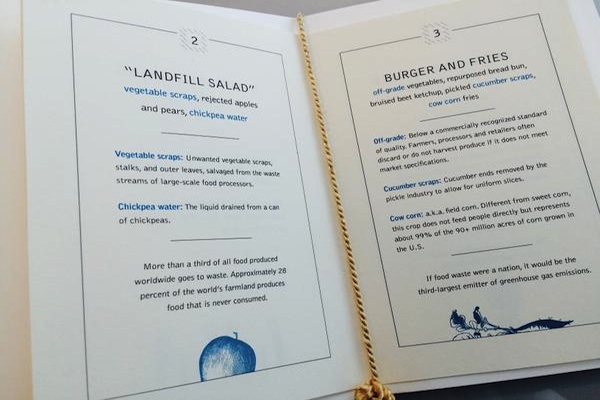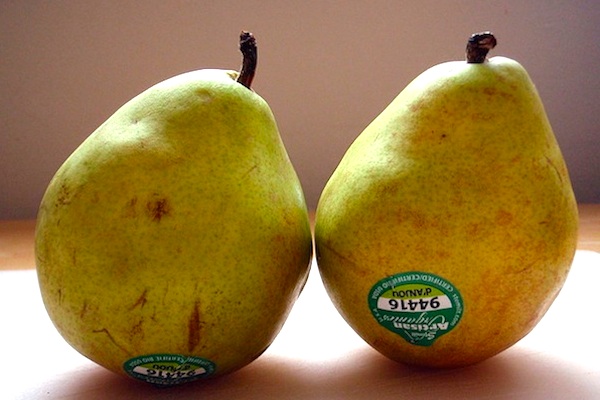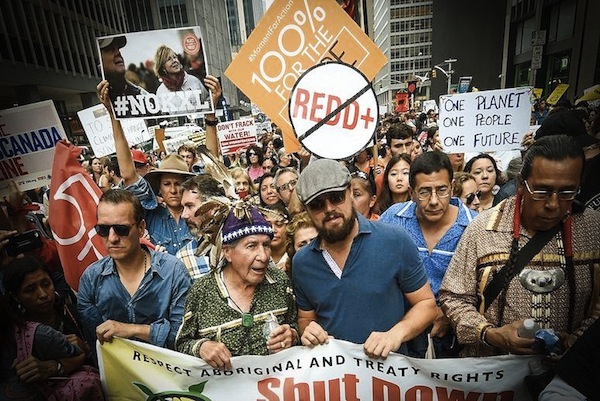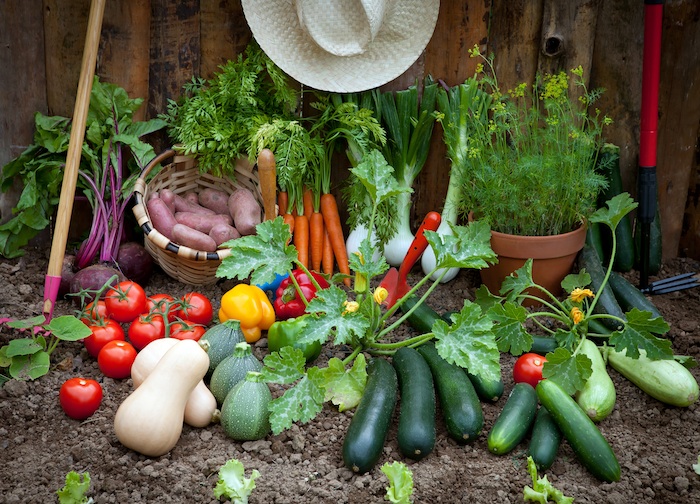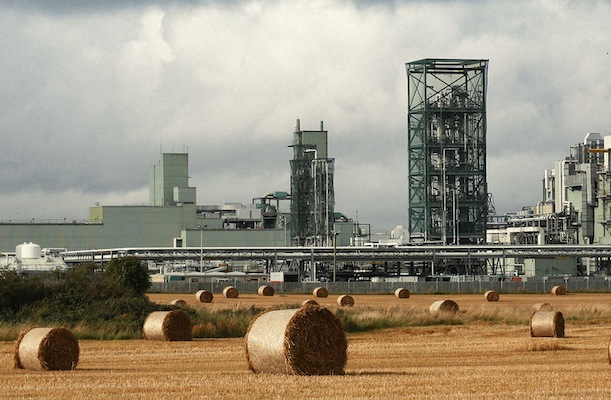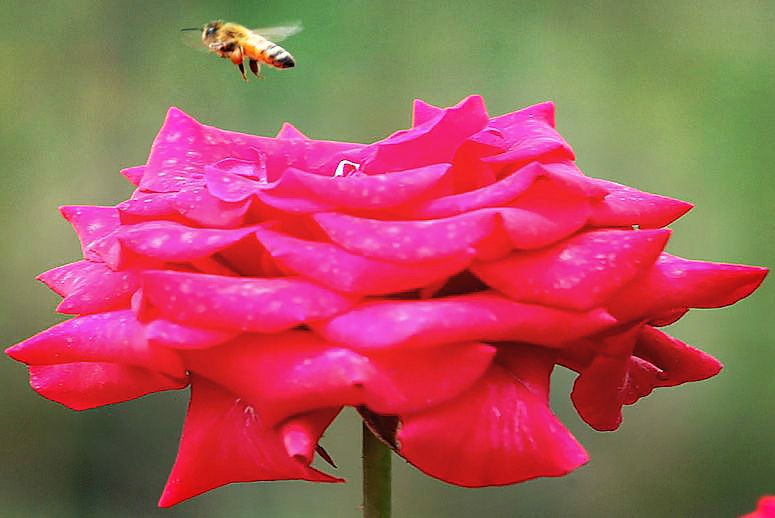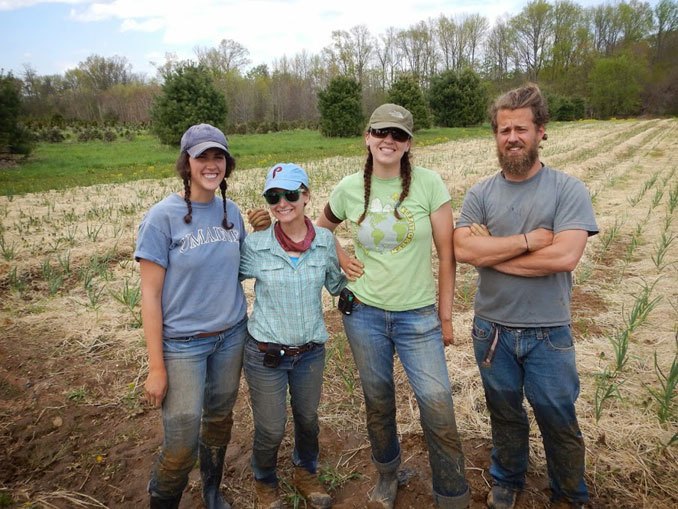Some of the most powerful people on the planet ate the food we throw away and leave to rot at supermarkets for their lunch on Sunday. About 30 world leaders — including United Nations Secretary-General Ban Ki-moon and French President Francois Hollande — were served “landfill salads” made out of vegetable scraps for a high-level working lunch at the United Nations’ headquarters in New York. They were also given water drained from cans of chickpeas, burgers made from vegetables thrown away for being below quality standards, French fries produced using corn typically used as animal feed, and desserts consisting of coffee cherry pulp, cocoa bean shells and leftover nut skins. The menu was created by award-winning chef Dan Barber and the former executive director of first lady Michelle Obama’s anti-obesity campaign, Sam Kass. The goal of the lunch was to highlight the role of food waste as an “overlooked aspect of climate change,” Ban said at a press conference Sunday. The meal was served to the world leaders after they adopted 17 new Sustainable Development Goals Friday, and created 169 targets, to hit by 2030, which focus heavily on the need to tackle climate change and end poverty and hunger worldwide. The leaders will head to Paris to further these […]
Continue reading... →If you’re unsure about the nature of supermarket produce, here’s the giveaway. Some people have strict standards about eating organic fruits and vegetables. Some supermarket produce sections are poorly labeled or in enough disarray that knowing what was grown in which way can be challenging. If either of these fates have ever befallen you, meet your friend, the PLU sticker. PLU (or Price Look Up) codes are the 4- or 5-digit numbers on produce stickers that have been used by supermarkets since 1990. They represent a globally standardized system implemented by the International Federation for Produce Standards (IFPS), a group of national produce associations from around the globe. While the long-term objective of the organization is to improve the supply chain efficiency of the fresh produce industry, consumers can glean information from the codes as well. The PLU number indicates produce items based on a number of factors such as commodity, variety, growing methodology (e.g. organic), and size. Numbers are assigned by the IFPS after rigorous review at both national and international levels. The system is based on 4-digit codes that are within the 3000 and 4000 series. The numbers are assigned randomly, that is, each digit does not imply […]
Continue reading... →Think vegans can’t get power from their food? Think again! Believe it or not, tennis legends Venus and Serena Williams follow a healthy, balanced raw vegan diet during the tennis season. That’s right, both raw and vegan. These women kick serious butt on the court without eating any cooked food or animal products. While the superstar sisters technically consider themselves ‘chegan’—because they occasionally indulge in cooked fish or chicken if they feel the need/want to celebrate—their foundational diet for health and training is both raw and vegan. The sisters didn’t grow up like this. While their mother made a lot of green juices, they consumed traditional American fare. However, when Venus was diagnosed with an autoimmune disease—Sjögren’s syndrome—she decided to become raw vegan to take control of her body and health. She began consuming a lot of veggies, green juices and raw, sprouted foods. She’s a big fan of smoothies, her favorite ingredients being strawberry, mango, spinach, orange juice and ginger. To support her sister and roommate, Serena quickly joined her, so as not to make Venus’s transition harder by bringing nixed foods like chicken into the house. To fuel herself, Serena makes sure to drink green smoothies with kale and plenty of protein powder, carb up on […]
Continue reading... →These contractors are taking the term “going green” quite literally. As part of an emerging trend here in the U.S., many buildings are incorporating the use of a hemp-based material to provide insulation. The brick, which is known as “hempcrete,” is made by mixing the wood-like interior of the Cannabis sativa plant with lime and water to form a block that serves as a flexible, breathable, and fireproof insulation that is impervious to mold and pests. For decades, because the plant contains trace amounts (.3%) of THC, the chemical found in marijuana, it has not been legal to grow in the US. Though it can be imported from Canada, builders might soon be able to use ‘Made in the USA’ plants, since the farm bill passed last year allowed a few hemp-farming pilot projects to launch. So far, 20 states have removed barriers to industrial hemp production. It could become even more widely applied if Congress passes the Industrial Hemp Farming Act, introduced early this year, which would amend the Controlled Substances Act to exclude industrial hemp from the definition of marijuana. This would allow American farmers in any state to grow the crop. The New York Times reported that hempcrete has […]
Continue reading... →A new report finds that over the past year, the amount of money committed to be pulled from companies that produce coal, oil, and natural gas has grown fifty-fold. Over the past year, investors holding $2.6 trillion in assets have pledged to divest from companies that produce coal, oil, and natural gas, according to a report issued Tuesday. The study was issued by the group Divest-Invest, which calls on institutional and private investors to hold themselves accountable for the environmental impacts of their investments. “One year ago today, exactly, we announced that the total [divestment] at that point was $52 billion, and committed to tripling that amount before the U.N. Climate Conference in Paris in December of this year,” said Ellen Dorsey, executive director of the Wallace Global Fund, at a press conference Tuesday in New York. “That means we’ve seen a fiftyfold increase in the total combined assets of those committed to divestment from fossil fuels, and with it, we’ve seen a growing number of commitments to invest in climate solutions,” Dorsey said. The report comes as Pope Francis landed in the United States, where he is expected to press again for immediate and decisive action on climate change. […]
Continue reading... →What comes to mind when you think of sustainable food production? If you’re like many Americans, you probably picture a local farmer’s market, celebrity-branded salad dressing or an organic farmer growing heirloom lettuces and free-range chickens. Now, what comes to mind when you think of industrial food production? Do you envision acres of conventionally grown corn stretching as far as the eye can see? Giant feed lots? Factories that process food into “center aisle” products for the supermarket? When we think about sustainable food production, most people don’t think about solutions coming from Big Business. Yet corporations have the potential to become our biggest ally in meeting SDG 12, the sustainability development goal set forth by the United Nations to ensure sustainable consumption and production patterns by 2030. Here’s why Our need to eat poses serious threats to the natural systems that sustain us. Whether it’s small and organic or large and conventional, farming of both livestock and crops already uses up nearly 40 percent of Earth’s non-ice surface and is responsible for 14 percent of global greenhouse-gas emissions — more if you count the GHG emissions caused by deforestation, which has largely been driven by agricultural expansion. Agriculture also […]
Continue reading... →Shampoo. Nail polish. Sofas in the halls of Congress. All have been the subject of recent stories about the hidden dangers to our health in products we buy and use. Governments around the world are stepping up actions to better protect their citizens. Here in the United States, Congress is finally poised to strengthen the Environmental Protection Agency’s chemical safety authority. But improved government oversight is only part of the solution. Companies along the retail supply chain must also make it their mission to create products that are safer for consumers. To put it simply: We need companies to revolutionize how business is done. We need them to get Behind the Label. We began our crusade for safer chemicals in the marketplace by partnering with the largest retailer in the world, Walmart, a few years back. It prompted the company to announce a new policy in September 2013 for chemicals in its household and personal care products that will transform the world’s largest retailer – and its vast supply chain. But Walmart is, despite its size, only one piece of the global retail industry. We won’t get the revolution consumers deserve unless the majority of retailers and product manufacturers everywhere adopt safer chemicals policies and practices. We […]
Continue reading... →New research finds that as climate change increases ozone levels, pollinators will have a harder timing finding plants that feed them. A rose by any other name would smell just as sweet, but a rose after climate change may not smell much at all. That’s going to be a problem for the bees that pollinate a third of the world’s food supply, according to new research. Flowers and other plants rely on microscopic scent molecules to attract the bees and other pollinators that feed on them. Climate change is going to disrupt that process, mostly because of ground-level ozone, which is projected to increase over the coming decades. The research, published in the journal New Phytologist, found that flowers’ fragile scent molecules break down more quickly as they are exposed to greater levels of ozone. “Ozone is a highly reactive pollutant that enhances the degradation of all plant volatiles in general, reducing their lifetimes,” said the study’s lead author, Gerard Farré-Armengol of the Centre for Ecological Research and Forestry in Barcelona, Spain. Increasing ozone levels will make flowers less attractive to pollinators because the plants won’t maintain their scent for as long or over as great a distance, a change that […]
Continue reading... →Travelers from Los Angeles to San Francisco will have a lower carbon footprint this fall. Many other flights could soon follow. If you happen to get on a United flight from Los Angeles to San Francisco this fall, you might be traveling on leftovers from the farm. The airline will be the first in the country to start flying regular passenger flights on alternative jet fuel—in the case, made from a mix of non-edible oils and agricultural waste blended with traditional fuel. “We believe that one of our greatest opportunities to reduce the aviation industry’s environmental footprint is through sustainable alternative fuels,” says Angela Foster-Rice, United’s managing director for environmental affairs and sustainability. United flew the first biofuel test flight in the U.S. in 2009 (using algae), and the first commercial flight in 2011. The company signed an agreement with AltAir Fuels—the company supplying the new fuel to LAX—six years ago. But it’s only now that the biofuel industry is beginning to get to the point to supply regular flights. The challenges of scaling up have involved the cost alternative fuel feedstock and raising sufficient capital investments, Foster-Rice says. Over the next three years, United plans to buy 15 million […]
Continue reading... →Farming has been a backbone of American economy for much of this country’s history. But the duty of feeding the nation is changing, and farming practices are changing along with it.
Continue reading... →